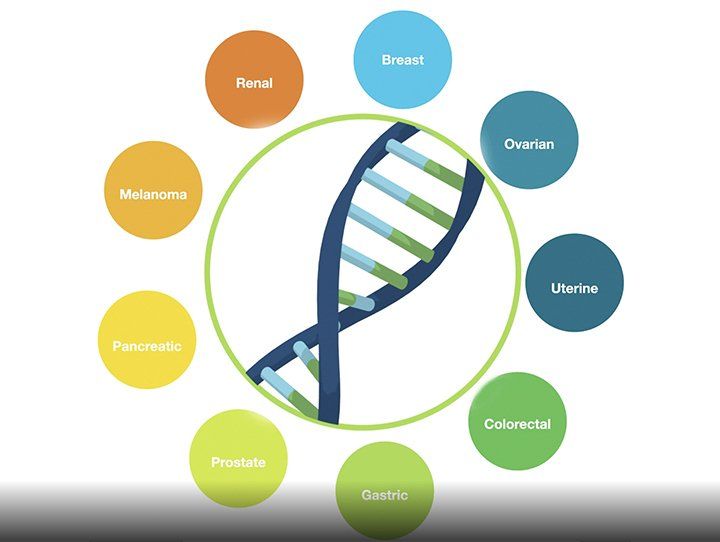Welcome to our blog post dedicated to shedding light on a commonly misunderstood condition called endometriosis. This chronic disorder affects millions of women worldwide, causing pain and discomfort, yet it often remains undiagnosed or misdiagnosed. Many women suffer with pain for years and may see multiple providers before they are diagnosed. In this article, we will explore what endometriosis is, how it is diagnosed, and various treatment options available to manage its symptoms effectively.
What is Endometriosis?
Endometriosis is a condition in which tissue similar to the lining of the uterus (endometrium) grows outside the uterus, typically in the pelvic area. This misplaced tissue can attach to various organs, such as the ovaries, fallopian tubes, bladder, and even the intestines. During each menstrual cycle, this tissue thickens, breaks down, and bleeds, leading to inflammation, pain, and scars causing pain and infertility.
Diagnosis of Endometriosis:
Diagnosing endometriosis can be challenging due to its wide range of symptoms and the need for an accurate assessment. Here are some common diagnostic approaches healthcare providers may take:
1. Medical History and Symptom Evaluation: Your doctor must know what to look for and will discuss your symptoms, their severity, and their impact on your daily life. Providing a detailed account of your pain patterns and any family history of endometriosis can help guide the diagnosis.
2. Physical Examination: During a pelvic exam, your doctor may manually feel for any abnormalities, such as cysts or scar tissue, which might indicate endometriosis. However, it's important to note that physical exams alone cannot confirm the presence of endometriosis.
3. Imaging Techniques: Ultrasound or MRI scans may be recommended to visualize any endometrial growths in the pelvic region. While these tests can be helpful, they are not definitive diagnostic tools for endometriosis.
4. Laparoscopy: The gold standard for diagnosing endometriosis is laparoscopic surgery. This minimally invasive procedure allows a surgeon to view the pelvic organs directly and take tissue samples for biopsy. Laparoscopy provides the most accurate diagnosis and also offers treatment at the same time.
Treatment Options for Endometriosis:
Endometriosis treatment aims to alleviate symptoms, manage pain, and improve overall quality of life. The choice of treatment depends on factors such as the severity of symptoms, desire for fertility, and individual preferences. Here are some common treatment options:
1. Pain Medication: Over-the-counter pain relievers like nonsteroidal anti-inflammatory drugs (NSAIDs) can help manage mild to moderate pain associated with endometriosis. In more severe cases, your doctor may prescribe stronger pain medications.
2. Hormonal Therapy: Hormonal treatments, such as birth control pills, patches, or hormonal intrauterine devices (IUDs), can help regulate hormone levels and reduce the growth of endometrial tissue. Gonadotropin-releasing hormone (GnRH) agonists (Lupron) and antagonists (Orilissa or Myfembree) can also be used to induce a temporary menopause-like state, suppressing symptoms and reducing the size of endometrial growths.
3. Surgery: Laparoscopic surgery can both diagnose and treat endometriosis. During the procedure, the best treatment is to remove the endometrial implants and scar tissue. In severe cases or when fertility is no longer a concern, a hysterectomy with removal of the ovaries may be recommended. Excision surgery can be difficult if the endometriosis has spread to the bowel, bladder, ureters, or upper abdomen. Seek the care of an expert surgeon. Repeat surgeries may be more difficult if the initial surgery caused more scar tissue.
4. Complementary Therapies: Many women find relief from endometriosis symptoms through complementary approaches like acupuncture, physical therapy, dietary changes, and stress management techniques. While these methods may not directly treat endometriosis, they can help manage pain and improve overall well-being.
Endometriosis is a complex condition that requires careful diagnosis and tailored treatment plans. If you suspect you may have endometriosis, seek medical advice from a physician experienced in managing the condition. Remember, early detection and proper treatment can significantly improve your quality of life and help you better manage the symptoms of pain or infertility. Stay informed, be proactive, and remember that you are not alone in this journey.





